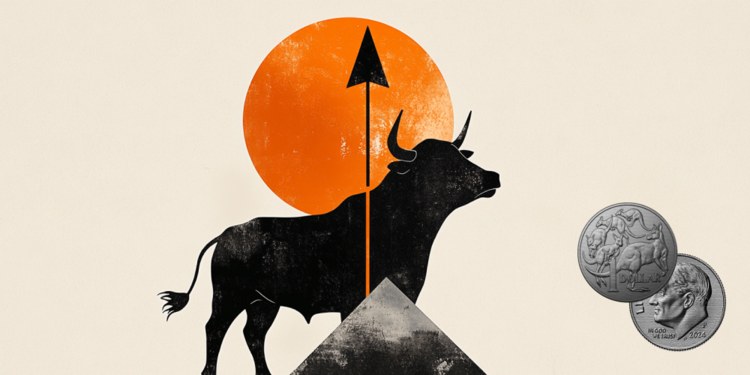- The Aussie Dollar retraced previous losses and reached weekly highs past 0.6500.
- Weak US data and tariff uncertainty keep US Dollar rallies limited.
- Investors are overlooking the Soft Australian GDP and the dovish RBA stance.
The Australian Dollar is trading higher for the second consecutive day on Thursday as US Dollar weakness offsets the impact of the downbeat Australian GDP figures seen on Wednesday, pushing the pair to one-week highs above 0.6500.
The US Dollar weakness is the main driver of an otherwise calm market on Thursday. The Greenback was hit on Wednesday by an unexpected contraction of US Services activity, as reported by the ISM PMI index, and a lower-than expected increase on ADP payrolls, which cast doubts on Friday’s Nonfarm Payrolls report and revived fears of a recession in the US.
Beyond that, the tariffs turmoil has returned to the forefront, as Trump deemed trade negotiations with Chinese Premier Xi as “extremely hard” amid a lack of progress in deals with any other country, on the day that levies in Steel and Aluminium increased to 50% from the previous 25% level.
The AUD is weathering global trade uncertainty for now
The uncertain trade scenario, curiously, is hurting the US Dollar, rather than the traditionally risk-sensitive Aussie so far. The soft macroeconomic data seen in the US this week, coupled with trade restrictions that would hamper economic growth further, and the rising concerns about the ballooning US debt, are driving traders away from US assets, looking for alternative assets.
These figures have offset the impact of a poor Australian GDP, which grew at a 0.2% pace in Q1, disappointing expectations of a 0.4% rise and highlighting a significant slowdown from the previous quarter’s 0.6% growth.
Apart from that, the minutes of the Reserve Bank of Australia’s latest meeting revealed that the bank considered a 0.5% rate cut, and that they are ready to deliver rapid-fire rate cuts if Trump’s tariffs hurt economic growth. This stance might limit the Australian Dollar’s rallies.
Australian Dollar FAQs
One of the most significant factors for the Australian Dollar (AUD) is the level of interest rates set by the Reserve Bank of Australia (RBA). Because Australia is a resource-rich country another key driver is the price of its biggest export, Iron Ore. The health of the Chinese economy, its largest trading partner, is a factor, as well as inflation in Australia, its growth rate and Trade Balance. Market sentiment – whether investors are taking on more risky assets (risk-on) or seeking safe-havens (risk-off) – is also a factor, with risk-on positive for AUD.
The Reserve Bank of Australia (RBA) influences the Australian Dollar (AUD) by setting the level of interest rates that Australian banks can lend to each other. This influences the level of interest rates in the economy as a whole. The main goal of the RBA is to maintain a stable inflation rate of 2-3% by adjusting interest rates up or down. Relatively high interest rates compared to other major central banks support the AUD, and the opposite for relatively low. The RBA can also use quantitative easing and tightening to influence credit conditions, with the former AUD-negative and the latter AUD-positive.
China is Australia’s largest trading partner so the health of the Chinese economy is a major influence on the value of the Australian Dollar (AUD). When the Chinese economy is doing well it purchases more raw materials, goods and services from Australia, lifting demand for the AUD, and pushing up its value. The opposite is the case when the Chinese economy is not growing as fast as expected. Positive or negative surprises in Chinese growth data, therefore, often have a direct impact on the Australian Dollar and its pairs.
Iron Ore is Australia’s largest export, accounting for $118 billion a year according to data from 2021, with China as its primary destination. The price of Iron Ore, therefore, can be a driver of the Australian Dollar. Generally, if the price of Iron Ore rises, AUD also goes up, as aggregate demand for the currency increases. The opposite is the case if the price of Iron Ore falls. Higher Iron Ore prices also tend to result in a greater likelihood of a positive Trade Balance for Australia, which is also positive of the AUD.
The Trade Balance, which is the difference between what a country earns from its exports versus what it pays for its imports, is another factor that can influence the value of the Australian Dollar. If Australia produces highly sought after exports, then its currency will gain in value purely from the surplus demand created from foreign buyers seeking to purchase its exports versus what it spends to purchase imports. Therefore, a positive net Trade Balance strengthens the AUD, with the opposite effect if the Trade Balance is negative.

